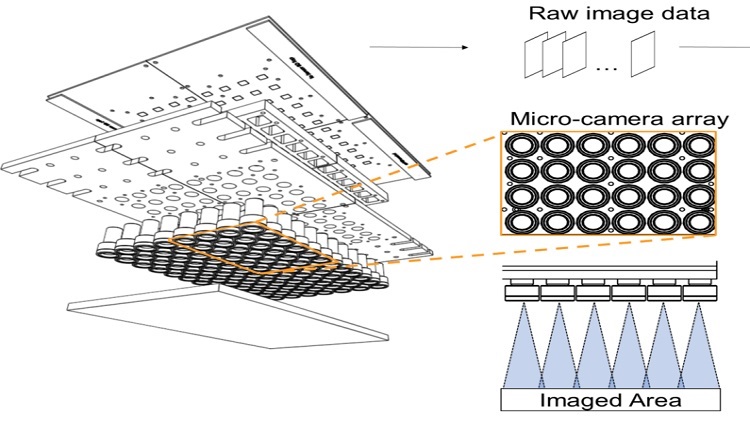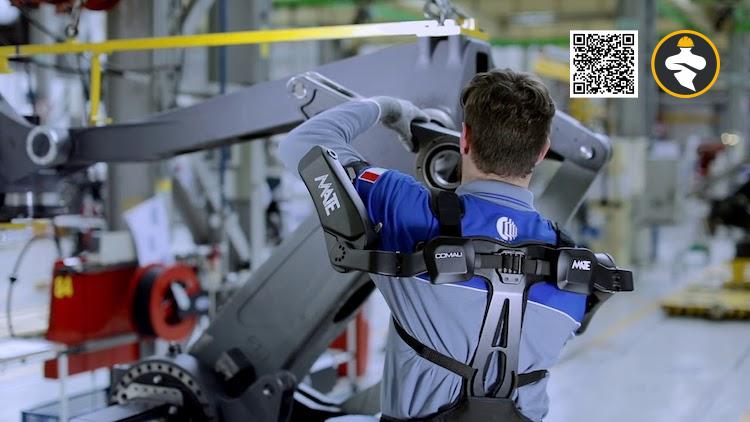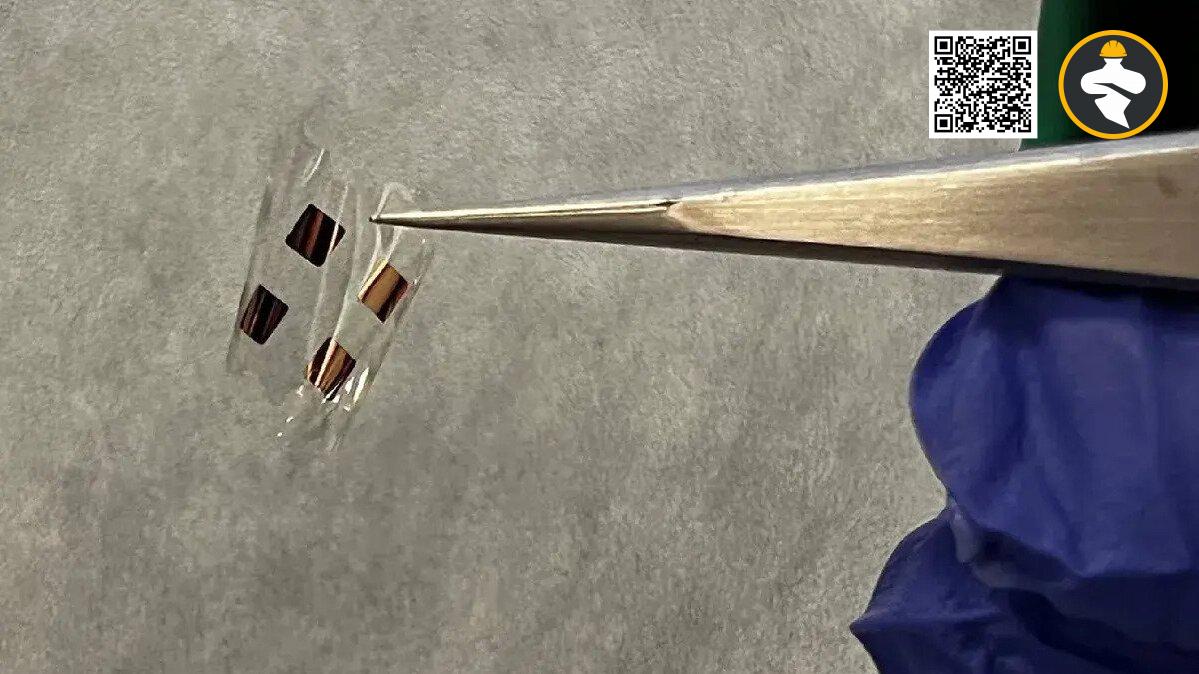Researchers at Ramona Optics Inc. (North Carolina), Duke University, and University of California San Francisco have developed a new computational microscope that offers a potent instrument for experimental observations of everything from cellular behavior to the behavior of individual animals. The 54 separate lenses on the high-speed, 3D, gigapixel 3D-RAPID instrument’s multi-camera array microscope allow it to take images of a subject from slightly varied perspectives.
A 3D reconstruction method is used to combine the pictures the 3D-RAPID device collected to produce a single, enormous image with gigapixel-scale resolution. The microscope not only records 3D data but also produces clear videos of the objects being studied and offers more information at lower sizes than comparable equipment.

The collection of miniature digital microscopes simultaneously collects synchronized footage. The video data is combined by algorithms to create final, gigapixel-scale composites. Duke University, cited
The technology published in Nature Photonics has been used to study the evolution of fish larvae at the cellular level and to monitor zebrafish for drug-induced behavioral changes in a pharmaceutical investigation. Outside biology, the 3D-RAPID technology is anticipated to have a wide range of uses: MIRA Imaging, one of its first licensees, uses the technology to “fingerprint” fine art, collectibles, and luxury products to protect them against forgery and fraud.
Reference: S. Himmelstein @ globalspec.com











